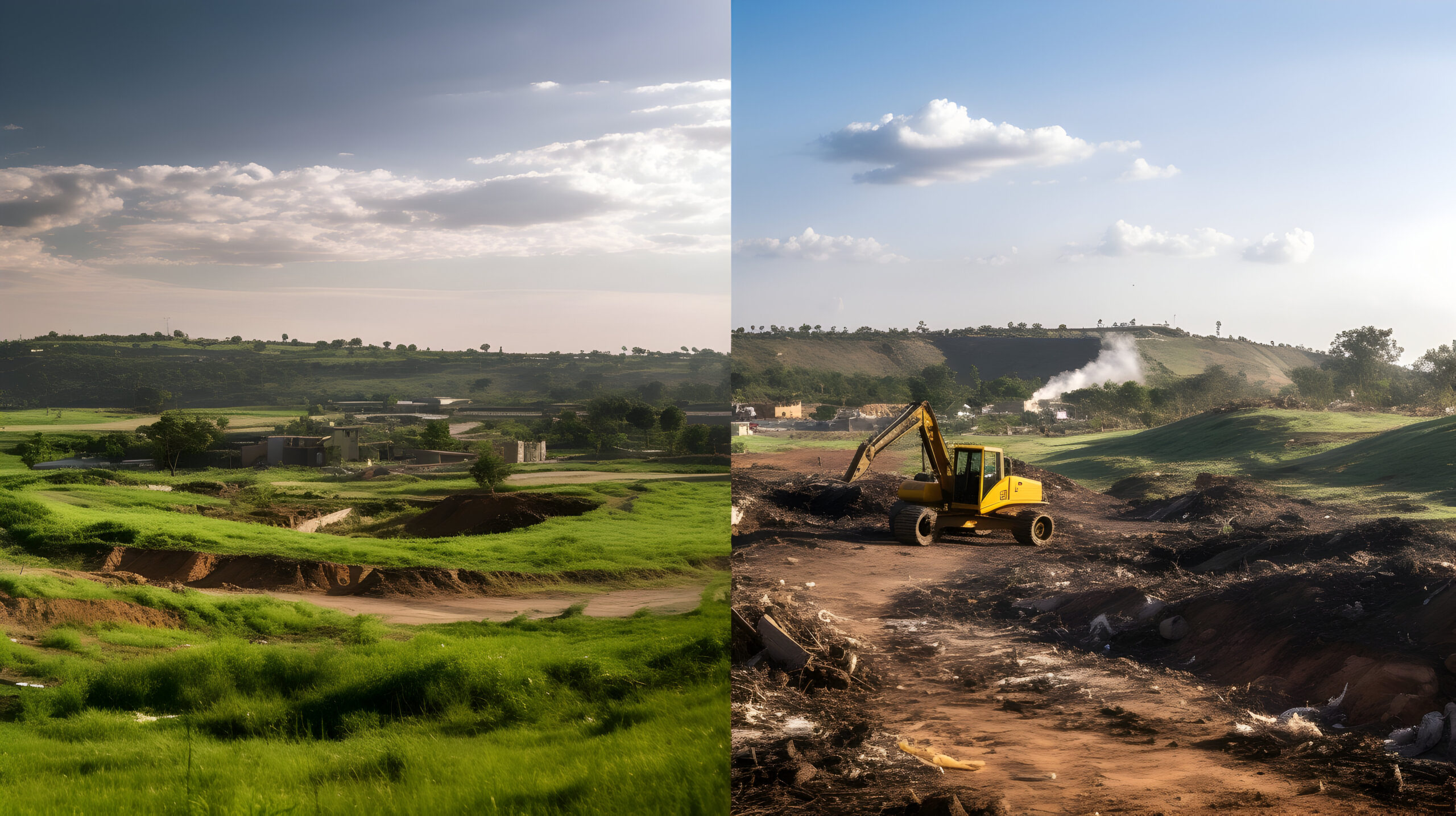Landfills often carry a negative reputation. They are seen as eyesores, environmental hazards, and places to avoid. But what if these sites could be transformed into something much more valuable, community assets that bring green space, jobs, and pride to neighborhoods? This is not just a dream. With thoughtful planning and commitment, old solid waste disposal sites can become vibrant parts of our communities.
The Hidden Potential of Closed Landfills
When a landfill reaches the end of its life, many people assume its story is over. The site is closed, capped, and left alone. But in reality, these sites hold enormous potential. Once properly closed and monitored, landfills can be repurposed into parks, sports fields, gardens, or even commercial developments.
Turning a landfill into a community space is about more than beautification. It’s about restoring a sense of place and providing residents with new opportunities. In some cases, it creates much-needed green space in urban areas where parks are scarce.
Overcoming Challenges with Innovation
Repurposing closed landfill sites has challenges. There are environmental and engineering hurdles to overcome. Methane gas from decomposing waste must be managed safely. The ground must be stable enough to support new uses. Water runoff and contamination needs to be controlled.
Fortunately, advances in engineering and environmental science have made it possible to meet these challenges head-on. Systems can capture landfill gas to generate energy. Landfill caps can be designed to prevent stormwater infiltration. And soil and vegetation can be carefully chosen to thrive on reclaimed land.
Creating Jobs and Boosting Local Economies
Repurposing landfills also has economic benefits. Converting these sites often requires construction, landscaping, and ongoing maintenance, which creates local jobs. Communities that embrace landfill reuse often see a boost in morale. Turning a former landfill into a park or gathering place sends a strong message that the neighborhood is cared for and has a future. It can become a point of pride.
Environmental Benefits of Reuse
Restoring old landfill sites has clear environmental advantages. Creating green spaces helps improve air quality, and supports biodiversity. Parks and gardens encourage outdoor activity and mental well-being.
By making use of land that was once considered unusable, we reduce the pressure to develop untouched natural areas. This helps protect forests, wetlands, and open spaces everywhere.
Community Involvement is Key
The best projects involve the community from the start. Listening to residents’ needs and ideas helps shape land reuse in a way that truly benefits the people who live nearby. Whether it’s playgrounds for children, walking trails for seniors, or green space, community input makes these projects successful and sustainable.
Engaging local groups also builds support and creates partnerships that can maintain the space long-term.
Examples of Success
Across the country, many landfills have been transformed into community assets. Some are now sports complexes where kids play sports. Others are nature preserves with trails and wildlife habitats. In some cities, old landfills have become sites for solar farms or cultural centers.
These projects show what is possible with vision, investment, and cooperation. They remind us that even places once associated with waste can have new life and meaning.
The Role of Policy and Planning
Landfill reuse requires forward-thinking policies and careful planning. Governments and agencies must prioritize funding for environmental site monitoring, closure, and redevelopment. Regulations should encourage sustainable reuse and support innovative projects.
Long-term closure, post-closure monitoring is essential to ensure public safety and environmental protection. Collaboration between engineers, planners, environmental experts, and communities is vital.
Why This Matters Now
As urban populations grow and available land shrinks, the pressure to find new spaces for housing, parks, and businesses increases. At the same time, many landfills built decades ago are closing or reaching capacity.
Turning these old landfills into valuable places is an opportunity we cannot afford to miss. It is a practical solution that balances environmental care, economic growth, and community well-being.
From Waste to Wonder: Imagining the Future of Reclaimed Land
The transformation of landfills from liabilities to assets reflects a broader shift in how we think about waste, land, and community. It shows that with creativity and determination, challenges can become opportunities.
By investing in the thoughtful closure and reuse of landfills, we can build greener, healthier, and more resilient communities. These reclaimed landscapes are a testament to what is possible when engineering meets vision and care.
